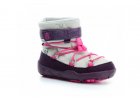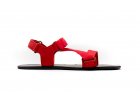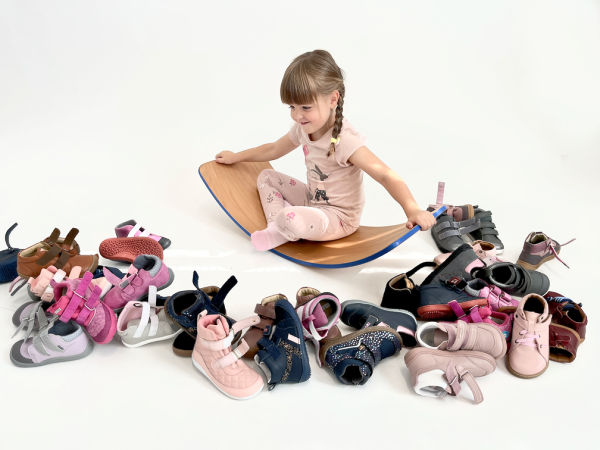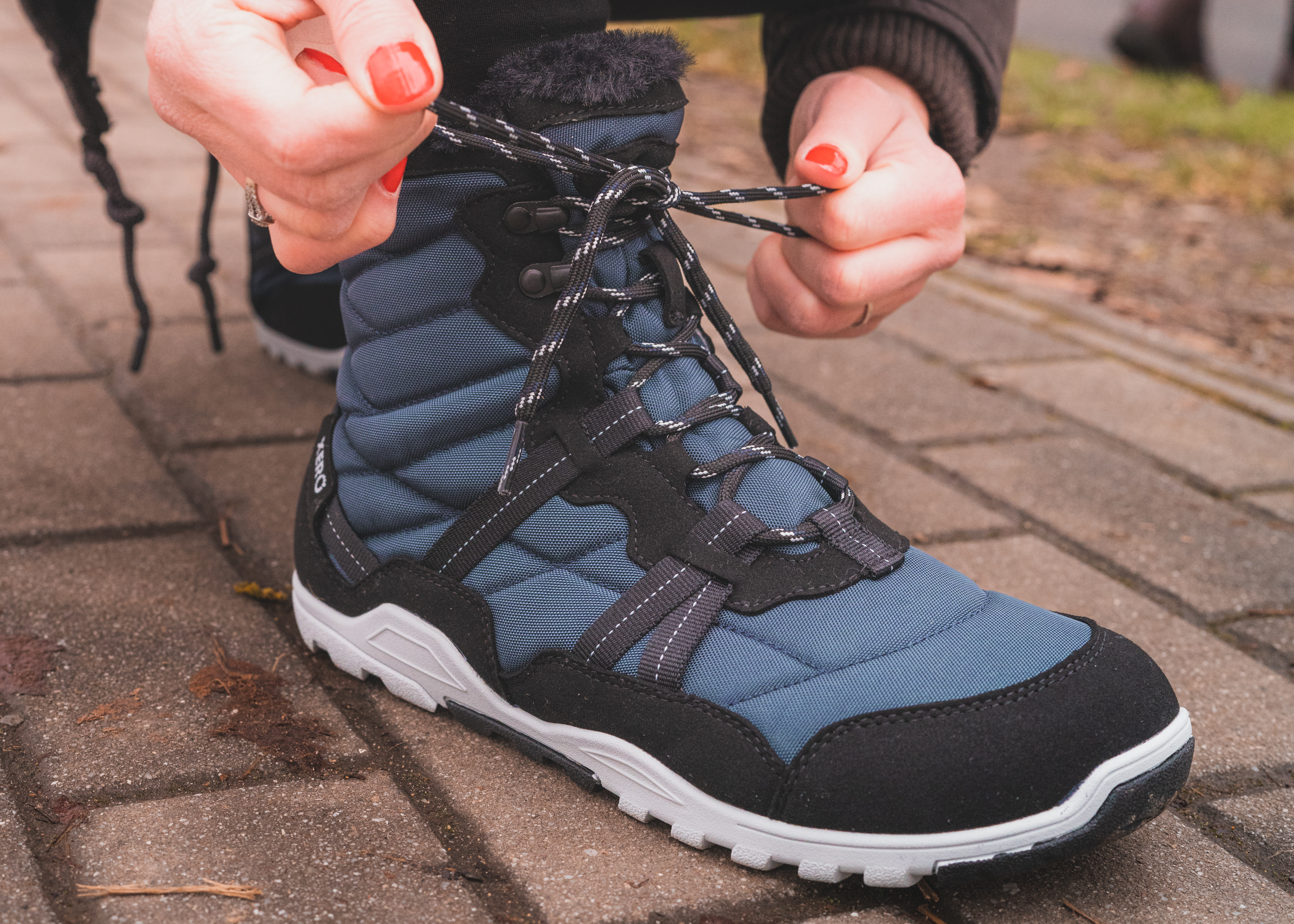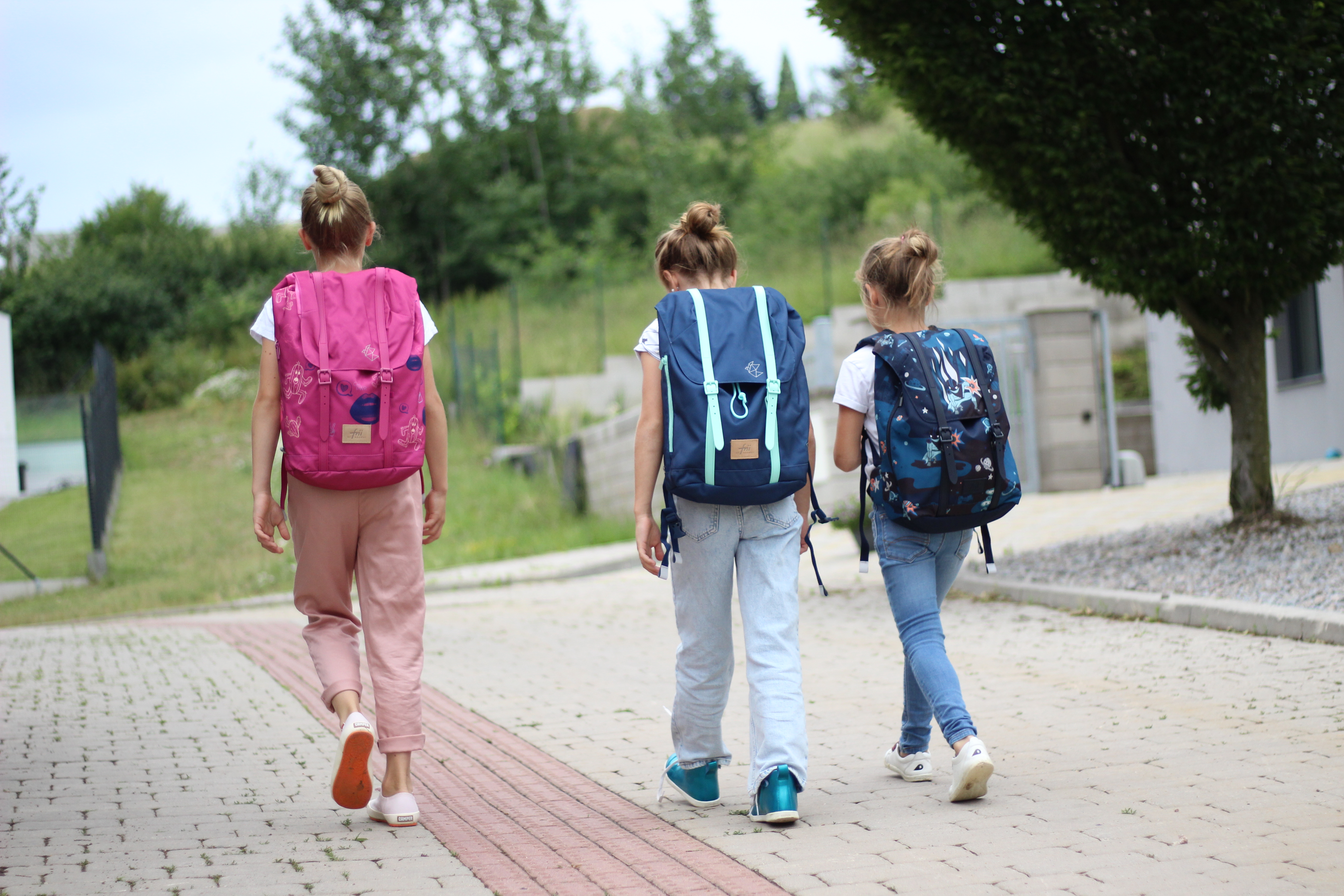What are flat feet? How do we recognise them? How do they develop? What can we do to prevent them? Do flat feet and barefoot shoes go together? Here is a summary of the basics:
Content of the article
What are flat feet?
In simple terms, a flat foot is one where the entire bottom of the foot is in contact with the surface during normal standing.
How to recognize flat feet?
The easiest way to tell if you have flat feet is to look at your footprint. In its rough form, it can be detected, for example, by stepping on the floor with wet feet, walking barefoot on a sandy beach, or in soft dirt or mud. The most accurate result can be obtained from a podoscopic examination.

In a healthy foot, the width of the footprint in the middle of the foot is about half of its maximum width, whereas, in a flat foot, the footprint remains about the same width from heel to toe. If the footprint disappears almost completely, this is a sign of a high instep, which is also unhealthy.
The formation of flat feet
Flatfoot is caused by the weakening or complete collapse of the foot arch. Genetics can play a role, but most often, flat feet are caused by wearing inappropriate footwear (narrow shoes and high heels), poor walking style (long, fast steps and heel stamping), standing all day at work, injuries, being overweight, etc.
It is often the case that people do not have flat feet but only buckled ankles, which makes it difficult to distribute weight. When they then align the ankle with the whole leg, the seemingly lost arch suddenly reappears.
How to cure flat feet?
Fortunately, we can control most of the factors above. In young children, we can prevent the formation of harmful movement patterns from the very first shoe, and in adults, we can gradually restore the arch to its original strength and function through training.
However, not even custom-made orthopaedic shoe inserts can do this for us. They effectively support the arch, which certainly relieves pain and puts the foot in a better starting position, but a passive crutch does not force the muscles to work actively and naturally strengthen the arch. Therefore, the only guaranteed means of improvement is a natural exercise of the leg muscles.
Exercises for flat feet
Firstly, walking barefoot as much as possible will help. Take your shoes off wherever the environment allows. Walk barefoot on the carpet at home, on the grass in the garden or on the sandy beach. Young children, in particular, shouldn't wear shoes unless necessary (also watch out for socks that are too tight). We can also stimulate the nerves in the soles of the feet by simply stroking them. This reminds the brain that it has muscles to use.

It is the brain that needs to store the correct movement patterns, which you pick up, for example, by walking barefoot on a round log. You can also try making your feet into "a fist", then relaxing and spreading your toes as far out to the sides as possible. Slowly twisting the ankle can also help to wake up flabby muscles.
Shoes for flat feet
The positive effects of exercise are neutralised if you enclose your feet in tight shoes. As a study of 2300 Indian children has shown, children walking barefoot suffer the least from flat feet, children wearing roomy sandals or slippers suffer slightly more, and children used to closed shoes suffer the most.
Therefore, physiotherapists recommend wide (at the toe box) and soft shoes without heels for outdoor use. Barefoot shoes are exactly that, allowing the muscles and arch to strengthen naturally. Also, thanks to their thin soles, the nerve receptors in the foot are stimulated. In addition, they make you more sensitive to improper walking techniques.
Of course, there are also people with a strict medical history that forbids them to wear barefoot shoes. However, for the majority of the population (especially children), barefoot shoes can be recommended as the most suitable footwear for eliminating flat feet. Even if your doctor has prescribed orthopaedic insoles, they will serve you many times better if you put them in roomy barefoot shoes than in regular tight shoes.









